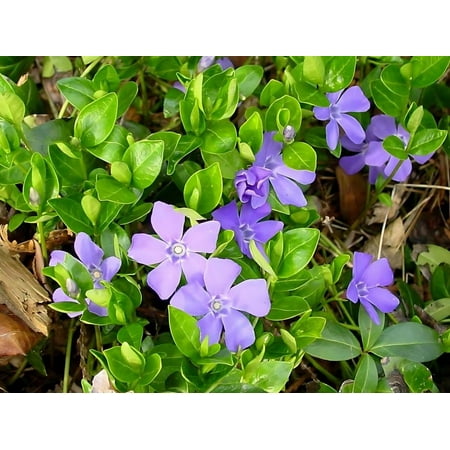How to grow periwinkle – for a shade-tolerant and sprawling ground cover plant
Shade-loving periwinkle plants are perfect for filling troublesome spots under trees and shrubs

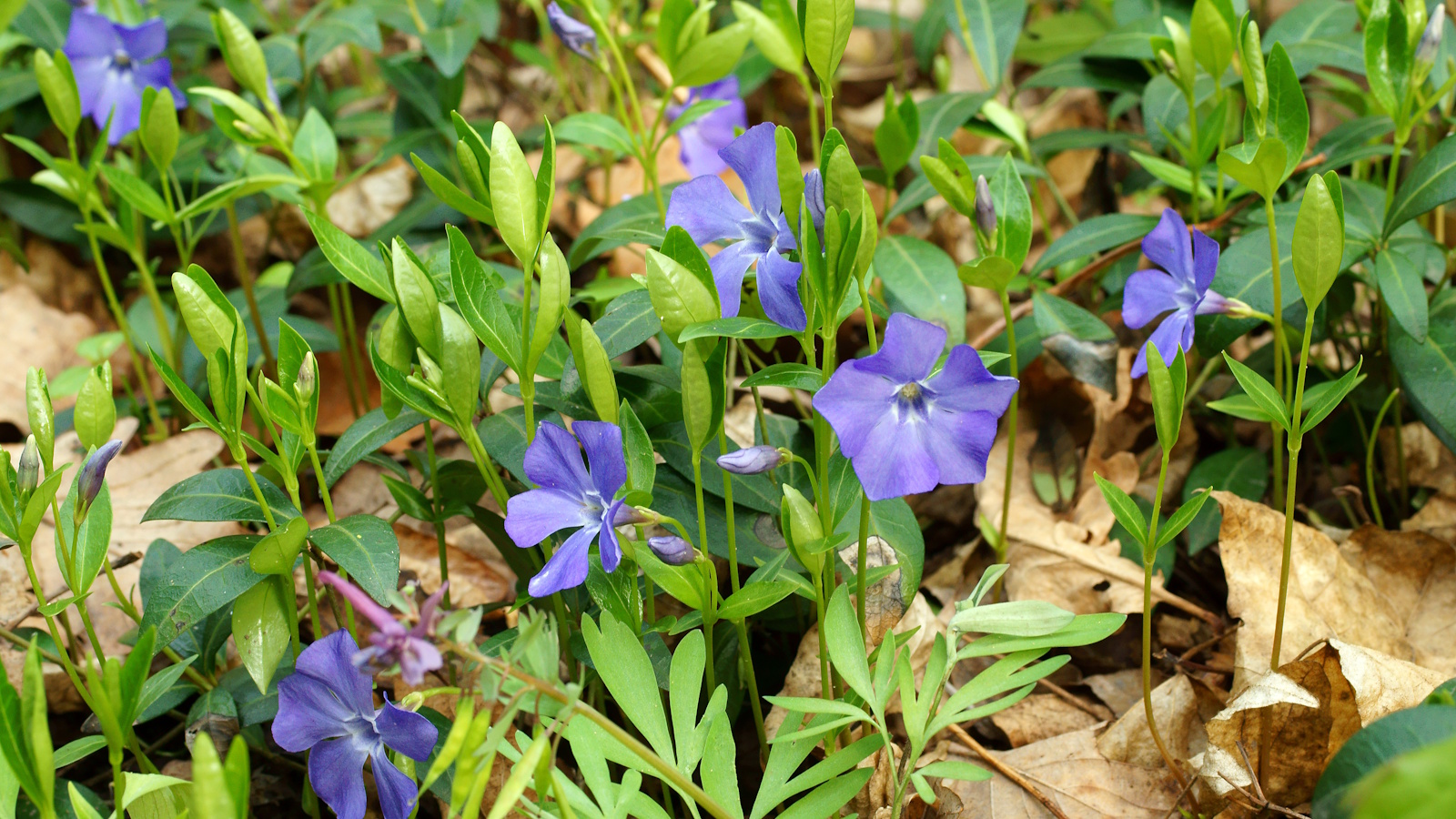
Periwinkle, or Vinca minor, is a resilient, low-maintenance and versatile plant that thrives in both sun or shade. Wherever it is planted, periwinkle will quickly establish itself, filling problem areas under large trees or in darker borders.
As a former professional gardener, I have grown Vinca minor in many different public and private gardens and never found it to be a problem. However, be warned, it does have a vigorous, sprawling habit and can quickly get out of control. Today, it is considered invasive in several states in the eastern United States, so always consult with your local government office before planting.
So, if you are looking for evergreen ground cover plants that thrive on neglect, and you are not afraid of a little maintenance every now and then, periwinkle might be the plant for you. Here, I provide all the information you need to learn how to grow periwinkle this year.
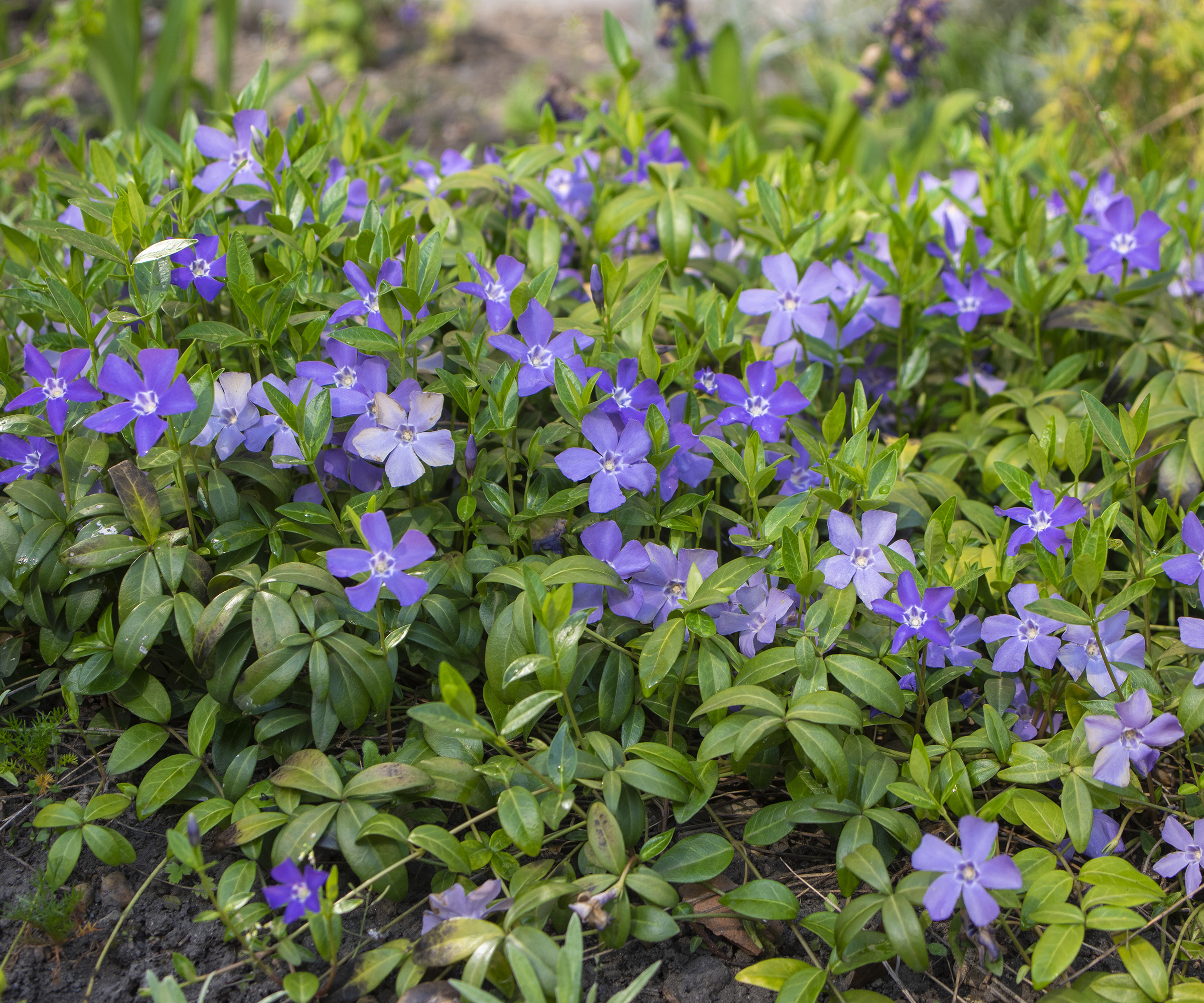
How to grow periwinkle
Garden designers and landscapers worldwide admire periwinkle for its tolerance of different conditions. Whether sun or shade, sandy or clay soil, hot or cold US hardiness zones, periwinkle will grow.
Over time, this vigorous plant can form dense colonies, so maintenance is required to prevent it from dominating. However, if you are seeking pest-free and deer-resistant plants, learning how to grow periwinkle might be a good idea.
Growing habits of periwinkle
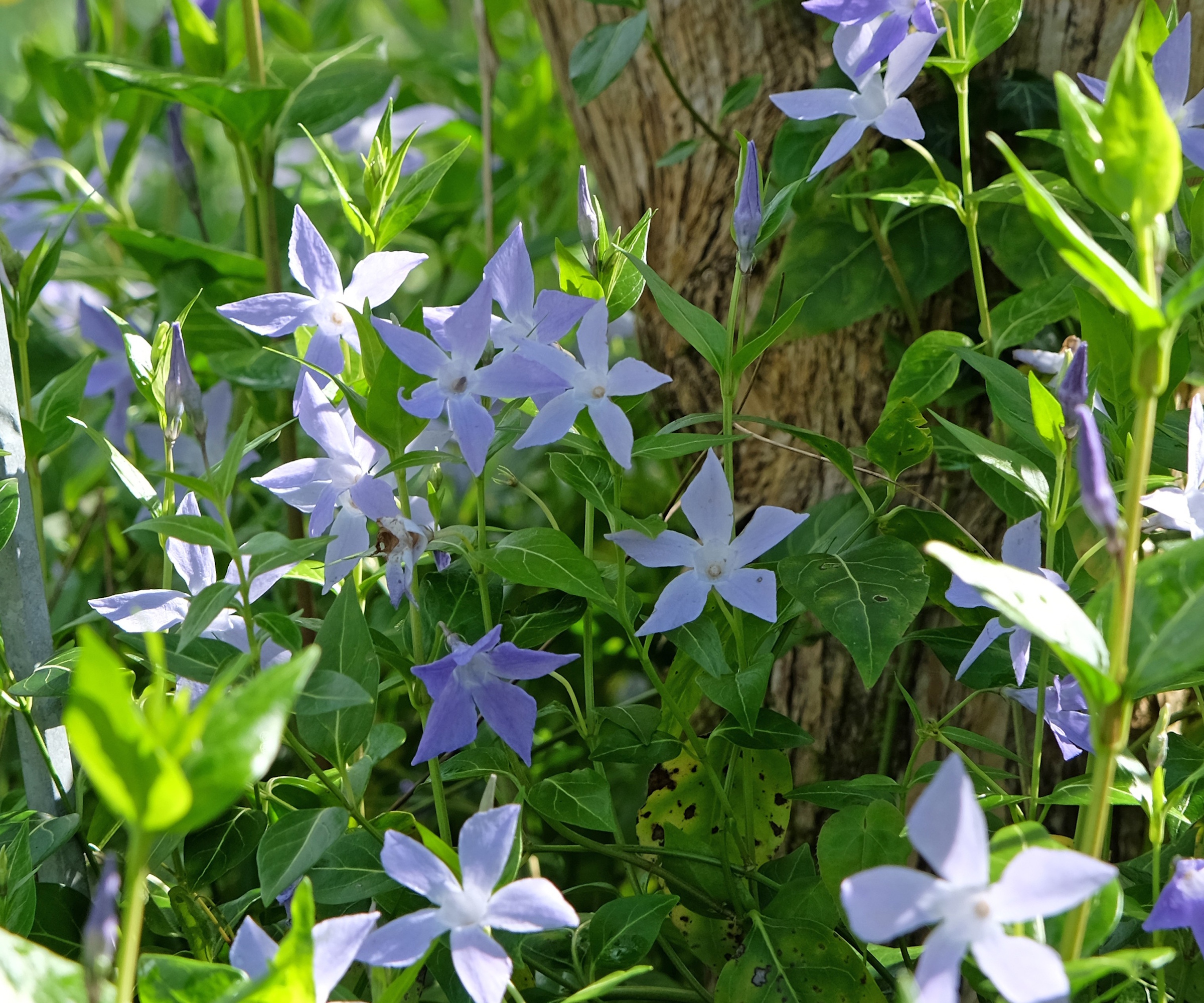
Native to temperate regions across Europe, periwinkle is an impressive ground cover plant that will thrive wherever it is planted. Growing best from US hardiness zone 3 to zone 9, periwinkle will quickly spread and cover large borders, slopes and banks.
'While they can be grown almost anywhere, a few hours of sunshine each day will generate the best results,' says plant expert, Katie Sunderlage, based in Wisconsin. 'They will tolerate shade but remember that deep shade can cause them to get leggy and produce few flowers.'
Design expertise in your inbox – from inspiring decorating ideas and beautiful celebrity homes to practical gardening advice and shopping round-ups.
Each periwinkle shoot can grow upwards to 18 inches in length, producing roots at joints and leaf nodes, helping the plant to spread rapidly and form a pretty floral understory. Noted for this ability to root and bind loose soil, periwinkle is often considered one of the best ground cover plants to prevent soil erosion, ideal if your yard has a steep incline.
When handling periwinkle, it is best to wear gardening gloves, as the plant is considered toxic and can cause skin irritation as well as sickness. For this reason, it is a good idea to keep an eye on children and pets when out in the yard. Gardening gloves are available from Amazon.

Operations Manager at Holland Group, managing the customer service department and purchasing. Katie has been in the green industry since 2005 in the Greater Milwaukee area, earning her degree in Horticulture in 2008. She has been able to share her love for plants working in multiple garden centers, in sales positions and most recently in an online retail platform at Holland Group.
Care guide for periwinkle
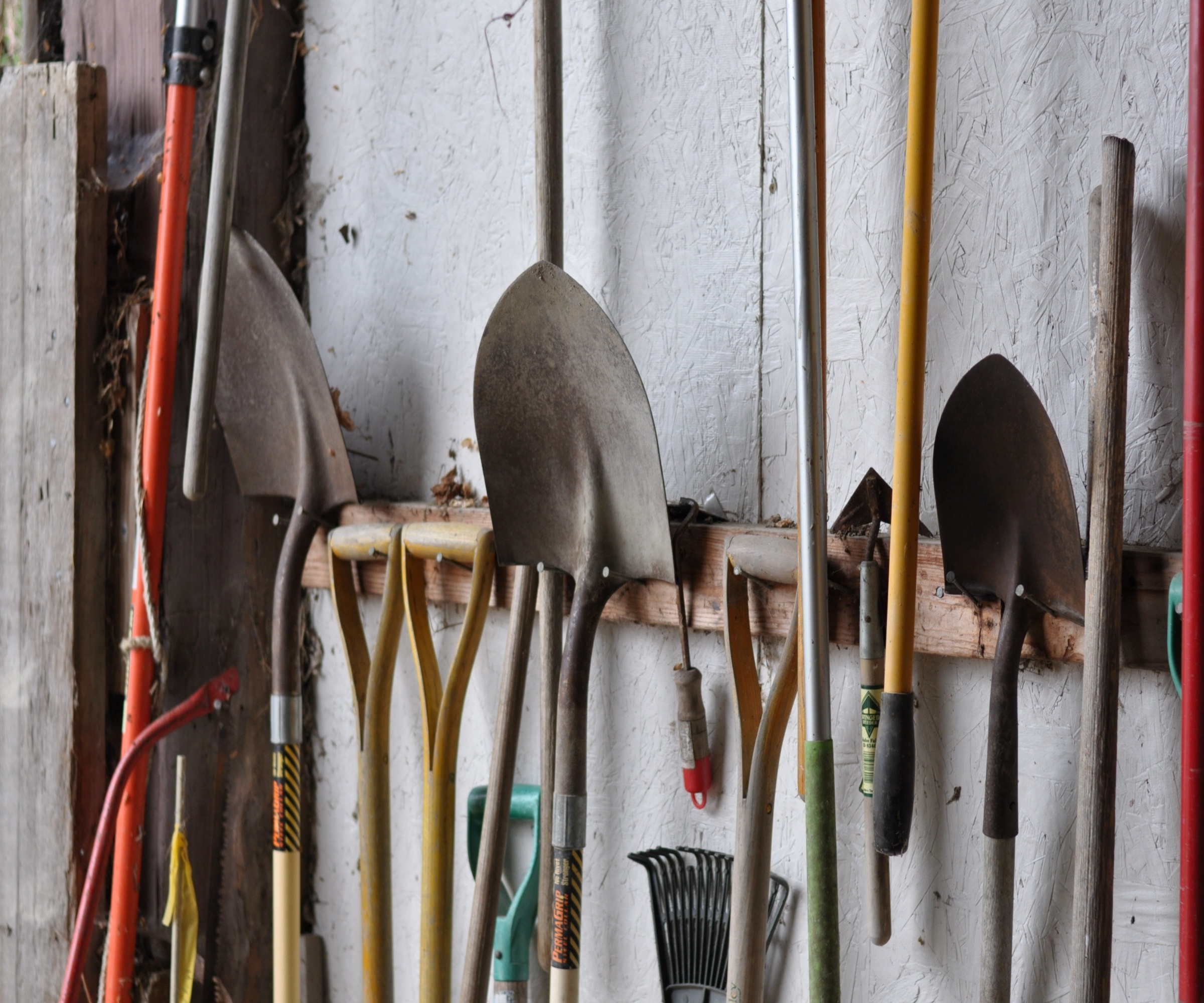
Soil: Periwinkle can be grown in most soils, but good drainage will help your plants to thrive. 'The roots can rot if sitting in waterlogged soil for too long,' Katie adds, 'so improving the structure of clay-based soil by annual mulching is a good idea.'
Light: Whether grown in sun or shade, periwinkle plants will perform well. Part-shade will typically generate the best results, as the direct sun during the afternoon can burn the leaves.
Watering: 'Periwinkle are remarkably drought tolerant,' Katie says, 'ideal for dry shade under trees and shrubs.' While they can handle dry periods during the warm summer months, it is a good idea to water your plants during the first year as they establish. Once they form a dense colony, you will not need to water this resilient ground cover.
Fertilizing: 'They generally don’t need fertilizer if planted in the proper conditions,' Katie adds, 'notably growing even in poor soils. If fertilizer is used, it’s recommended to select a slow-release all-purpose fertilizer and apply it in the spring, but I would recommend using it at only half strength.'
Pruning: Periwinkle is a vigorous ground cover and pruning is important to keep it in check. Pruning can be done in the spring, cutting back fairly aggressively to control its spread. Some gardeners prune periwinkle by strimming or mowing on a high setting, although I would always recommend using pruning snips. Felco pruning snips are available from Amazon.
Toxicity: Periwinkle is considered harmful to humans and can irritate the skin as well as cause stomach upset if ingested. It is also toxic to dogs and cats, so it is best to keep an eye on your pets when they are out in the yard.
FAQs
Should I grow periwinkle from seed or buy starter plants?
'Periwinkle is readily available from plant nurseries, and smaller starter plants are a cost-effective way to cover a large area,' says Katie. 'Plant smaller plugs outdoors after the fear of frost has passed in the spring when the temperature is consistently above 60°F/15°F. If starting from seed, you can sow periwinkle seeds indoors about 12 to 14 weeks before the last expected frost date.' Vinca minor seeds are available from Amazon.
What is the difference between Vinca minor and Vinca major?
Both of these are periwinkle species, although there is a slight difference in size and shape. As the name might suggest, Vinca minor, or periwinkle, has smaller leaves and flowers than Vinca major, otherwise known as greater periwinkle. These two periwinkle species are considered vigorous growers and are classified is invasive in several regions, so always do your homework before planting.
If you are concerned about invasive plants or invasive weeds in your yard, consider growing a low-maintenance native alternative instead. For example, why not learn how to grow wild ginger? Found growing across much of North America, this deciduous plant will form an attractive green carpet during the spring and summer.

Thomas is a Content Editor within the Gardens Team at Homes and Gardens. He has worked as a professional gardener for both public spaces and private estates, specializing in productive gardening, growing food and flowers. Trained in Horticulture at the Garden Museum, he has written on gardening and garden history for various publications, including The English Garden, Gardens Illustrated, Hortus, The London Gardener and Bloom. He has co-authored a Lonely Planet travel book, The Tree Atlas, due out in 2024.
